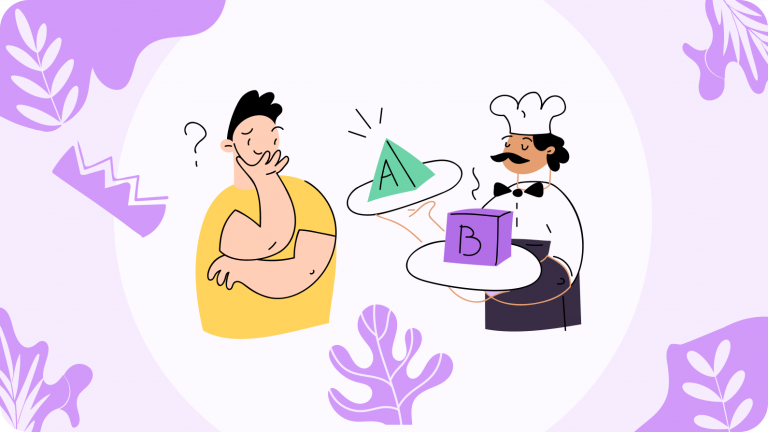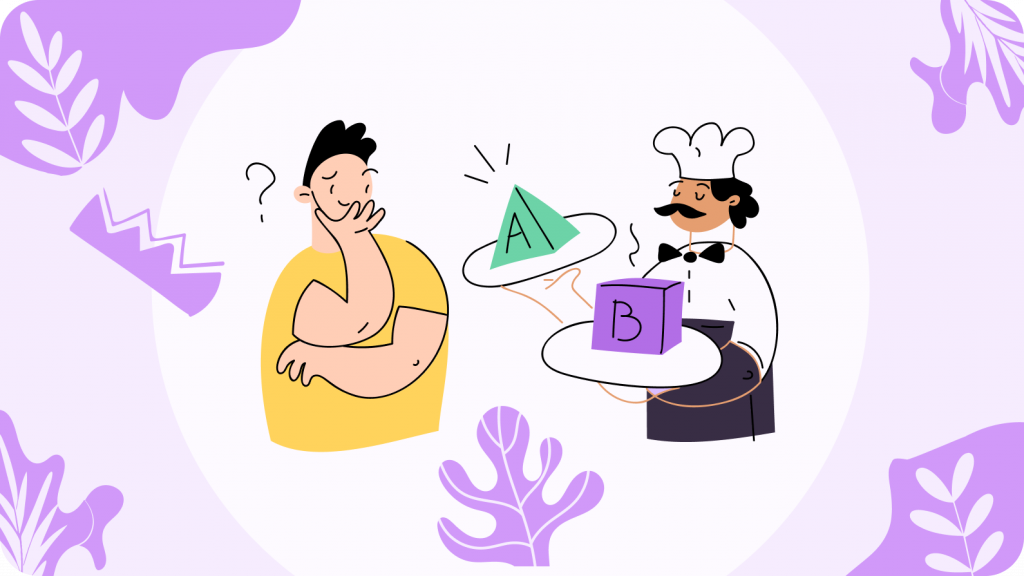Imagine waking up on a sunny Saturday morning. Your two kids and the family dogs jump into bed, filling the whole room with laughter and wagging tails. You feel a surge of happiness, relishing in this warm, chaotic start to the day. Fast forward to the afternoon, and you’re hosting a birthday party for your youngest.
The house is buzzing with excitement and the joyful screams of children playing, yet you’re also grappling with the stress of managing the event and ensuring everything runs smoothly. Here, we venture into the murky territory of mixed emotions, where happiness and anxiety coexist in a complex dance.
An Emotional Orchestra: Default and Salience Networks
Our emotions are orchestrated by a symphony of neural networks, with the Default Mode Network (DMN) and the Salience Network (SN) playing starring roles. The DMN, often active during introspective activities like daydreaming or reminiscing, is crucial for processing self-referential thoughts and emotions. When we reflect on our past or imagine our future, the DMN lights up, weaving together memories and feelings in a complex way not always easy to define.
Conversely, the Salience Network acts as our brain’s spotlight, directing our attention to significant internal and external stimuli. It helps us navigate the emotional highs and lows by highlighting the most important moments. When faced with emotionally charged experiences, the substantia nigra (SN) collaborates with other key brain regions to help ensure we respond in an appropriate and adaptive manner to the situation at hand.
Mary’s The Bittersweet Graduation
Mary had dreamed of this day for years. As she walked across the stage to receive her college diploma, she felt an overwhelming sense of accomplishment and excitement for the future.But as she gazed out at her friends and professors, she also felt a pang of sadness. College had been her home, a place where she had grown, learned, and forged lifelong friendships.The thought of leaving this cherished chapter behind was bittersweet. Her heart was a swirling mix of joy and melancholy. She burst into tears and she received her diploma while at the same time, a smile danced across her lips. The bitter-sweet feelings were so overwhelming she rushed to a friend and sobbed as they laughed together. This illustrates how our emotions can defy simplistic categorization, often existing in a more nuanced and complex state.
The Dance of Neurotransmitters: Dopamine, Serotonin, and Oxytocin
Neurotransmitters are the brain’s chemical messengers, crucial in shaping our emotions. Dopamine, often dubbed the “feel-good” neurotransmitter, is integral to our reward system. Or imagine the joy of finally piloting a plane after countless lessons and failures – that’s dopamine at work.
Serotonin, on the other hand, is key to maintaining mood balance. It acts as a stabilizer, preventing us from swinging too wildly between emotional extremes. A steady level of serotonin keeps us feeling calm and content, even in the face of adversity.
Then there’s oxytocin, the “love hormone.” Oxytocin deepens our emotional bonds, fostering feelings of trust and connection. When the young boy receives a treat from his mother, oxytocin floods his brain, cementing the emotional significance and connection in that moment.
Mohammed’s A Heartbreaking Goodbye
Mohammed’s relationship had been a significant part of his life for years. He and his partner shared countless memories, but over time, they had grown apart, wanting to live in different cities. Deciding to end the relationship was one of the hardest choices Mohammed ever made. He felt a sense of relief at the prospect of finding new beginnings, but it was deeply intertwined with the sorrow of saying goodbye to someone who had once been his closest companion. The complexity of his emotions highlighted the often dual nature of our feelings. His loss, excitement, adventure, and sadness were all feelings that flooded him in the moment as he said goodbye to his loved partner at Grand Central train station in New York.
Predicting Emotional Shifts: A Peek into the Future
Panksepp’s book, Affective Neuroscience, published by Oxford University Press in 1998, offers comprehensive insights into the brain systems that govern the core emotional behaviors. Panksepp discusses how these emotional systems arise from neurological and learned experiences, highlighting the complexity of disentangling nature and nurture in emotional and behavioral regulation. The book delves into various topics, including arousal, pleasure and pain mechanisms, rage, anger, fear, anxiety, love, and lust, exploring how neurobiology and neurochemistry shape our emotional experiences. For those keen on understanding the intriguing field of affective neuroscience, this book is an invaluable resource! He explains that changes in specific brain areas can predict when we’ll switch emotional states. The insular cortex, anterior cingulate cortex, amygdala, and nucleus accumbens (a region involved in reward processing) all play a role in these transitions. By examining neural activity, you can foresee when you might move from joy to sorrow or from calmness to excitement and sometimes at the same time!
Valence: The Emotional Spectrum
Valence describes the spectrum of emotions from positive to negative. High positive valence includes feelings like joy and excitement, while high negative valence encompasses emotions such as sadness and anger. However, mixed emotions reside in a unique space in between, blending elements of both positive and negative valence to create a rich, multifaceted experience. This nuanced interplay of opposing emotional states allows for a more complex and authentic representation of the human experience.
The Role of Relationships in Emotional Complexity
Our relationships deeply influence our emotional landscapes. Consider the bond between the young boy and his mother. Her support and love fuel his dreams and shape his emotional responses to life’s challenges. The mixture of grief and inspiration he feels at her funeral shows how relationships contribute to our most profound and complex emotional experiences.
The Power of Stories in Evoking Emotions
Stories like the young boy’s journey to become a pilot serve as powerful tools for exploring emotions. They allow us to empathize, reflect, and experience a wide range of feelings. Delving into the neural mechanisms behind these emotional narratives can deepen our understanding of how storytelling influences our emotional experiences. Neuroplasticians and practitioner researchers can better understand how our brains create and navigate mixed emotions to support their client’s process of complex experiences.
Conclusion: Embracing Emotional Complexity
Emotions are a rich tapestry, intricately woven from our experiences, relationships, and the complex workings of our brains.The discovery that mixed emotions are distinct experiences rather than a single blended state adds a new layer of nuance to our understanding of the human psyche. Think of a previous relationship that had many highs and lows. What made you stay and what made you go? Can you describe these complex feelings? Is it a word or a story? As you reflect on your emotional journeys, appreciate the complexity and beauty of your feelings. These are the fabric of being authentic and engaged with those around you.
Share Your Emotional State!
In what emotional state were you engaged while reading this article? I hope it was one of reflection, enjoyment, and happiness! Please share your thoughts and feelings with someone — your emotional journey is as fascinating as the neuroscience behind it.
References
- Vaccaro, A. G., Wu, H., Iyer, R., Shruti Shakthivel, Christie, N. C., Damasio, A., & Kaplan, J. (2024). Neural patterns associated with mixed valence feelings differ in consistency and predictability throughout the brain. Cerebral Cortex, 34(4). https://doi.org/10.1093/cercor/bhae122
- Panksepp, J. (1998). Affective Neuroscience: The Foundations of Human and Animal Emotions. Oxford University Press. 10.1093/oso/9780195096736.001.0001















